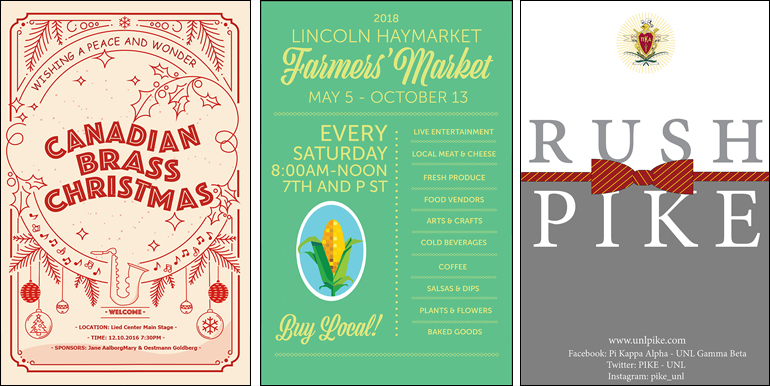
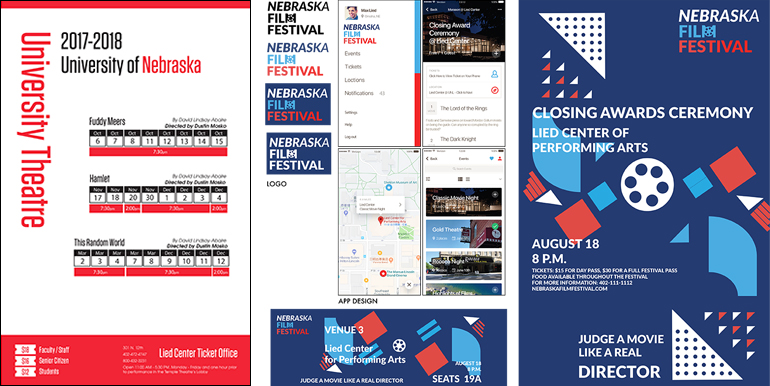
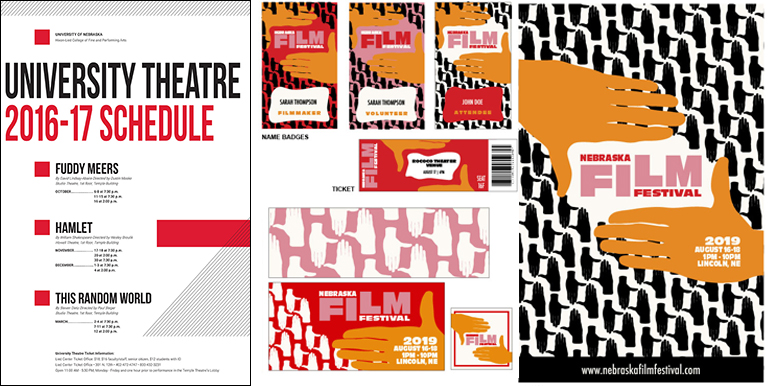
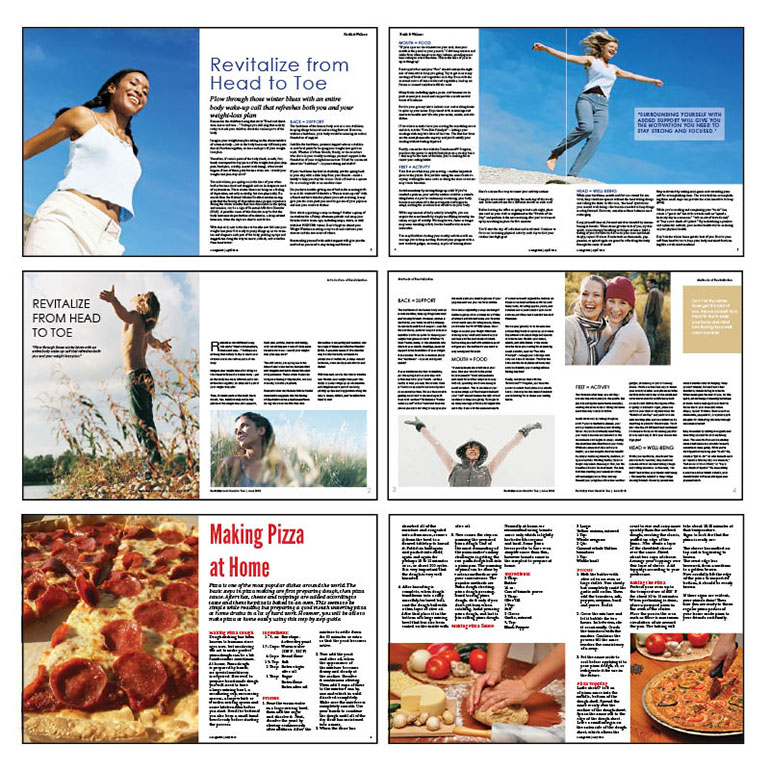





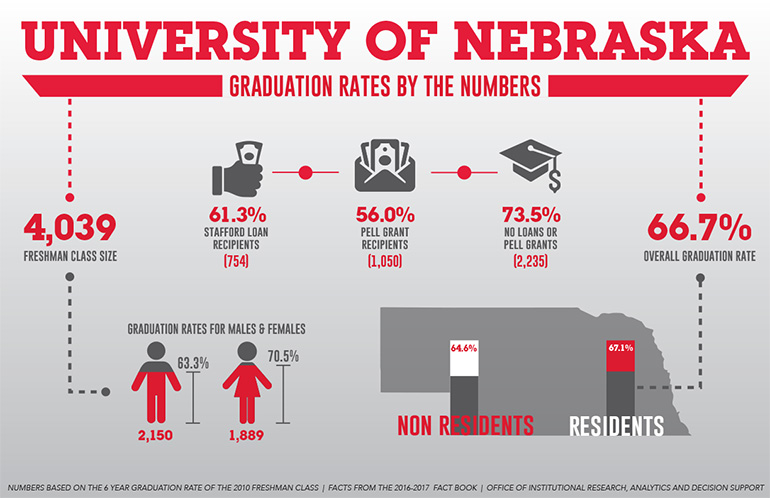
Visual Communications Modules
These courses are self-paced modules to learn about specific content types used in traditional and digital media. Each module is to prepare students for industry practices for planning, and producing. One module is an intensive project that will challenges the student to learn new skills and apply concepts learned in the introduction. Each course involves the completion of six modules as specified on the next page. Students complete modules based on their major in seven core areas—typography, layout, photo, video, audio, mobile, and web. Students also have the opportunity once they are done with their required modules to explore Color Theory, After Effects, Photoshop, UX Design, and 360 Video.
Unfortunately specific project descriptions cannot be posted because of the copyright with the publisher.
- Download the Syllabus
- Audio Modules
The audio modules help familiarize the students with using the audio booth and with editing recorded audio in Adobe Audition. The later module also introduces capturing high quality audio in field. - Video Modules
The video modules teach the students how to use the JVC cameras while also covering how to record different types of shots, how to record and properly mic interviews, and how to maintain continuity with shots. Students learn how to take properly exposed, in focus video with high quality audio. - Photo Modules
The photo modules familiarize the students with using the Canon Ti2-Ti7 DSLR cameras available through the college. The modules start with learning how to use the manual settings to take properly exposed types of shots and then intriduce the idea of storytelling. The goal of the modules is to have students understanding the relationship between ISO, aperture, and shutter speed to create properly exposed photos in a variety of settings and conditions. Students are not allowed to edit their photos in alignment with the college's photojournalism program standards. - Typography Modules
The typography modules started by introducing students to the basic terminology related to typography including type anatomy. Then the students move to hierarchy and typography continuing towards creating typographic system across multiple items and platforms.The typography modules predominately work with Adobe Illustrator. - Layout Modules
The layout modules start by introducing students to tthe basics of grids and hierarchy by using InDesign to create layouts focused more on type and basic design terminology. The students then create a poster that introduces creating images in Adobe Illustrator and/or Photoshop as well as typographic hierarchy. Students also explore creating a basic publication layout with master pages, page numbers, and paragraph and/or character styles. The students are also introduced to basic print terminology over the course of the modules. - Web Modules
These modules introduce students to basic HTML coding, basic CSS, some jquery, and javascript. Students use Brackets to code their web pages from scratch. The learn how to use CSS to control the content on the page. They end with learning how to add additional interactivity with jquery and javascript. - Mobile Modules
These modules focus on using mobile devices to capture high quality audio, video, and photos for use in other applications. Students also learn how to edit content using their mobile device. Students are introduced to additional equipment to help them capture steadier video and higher quality audio with their mobile device. The students reflect on how mobile devices can be used in their future career paths to capture content in the moment. - Exploratory Modules
The exploratory modules allow students to dabble in other content areas not determined by the faculty to be essential skills for their majors. Currently, the students can complete modules in Photoshop, After Effects, 360 Video, UX Design, and Color Theory. Other modules may be developed at a later date. Some of these modules connect to later more in depth classes. Others help introduce concepts that can be beneficial to their future career paths.
